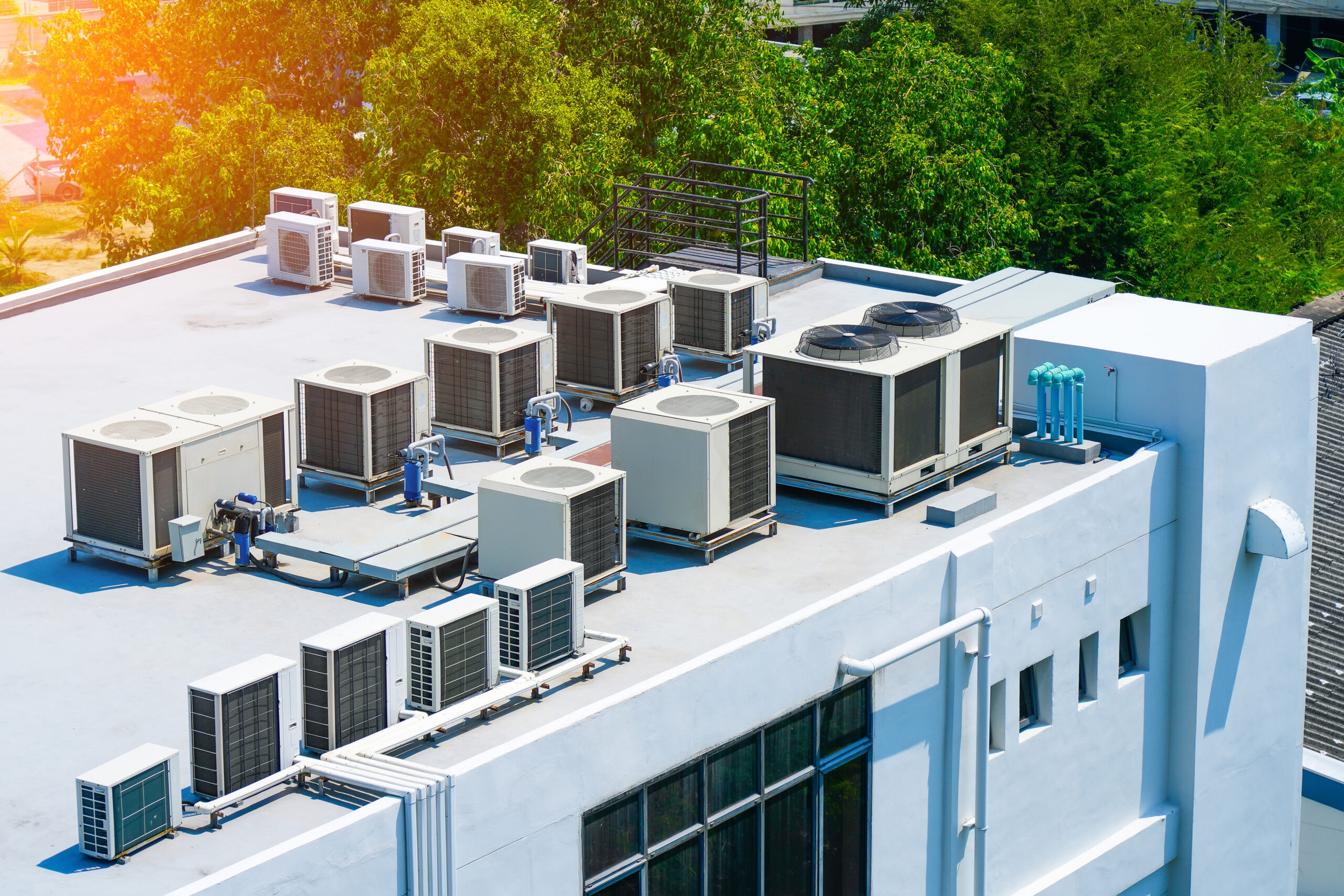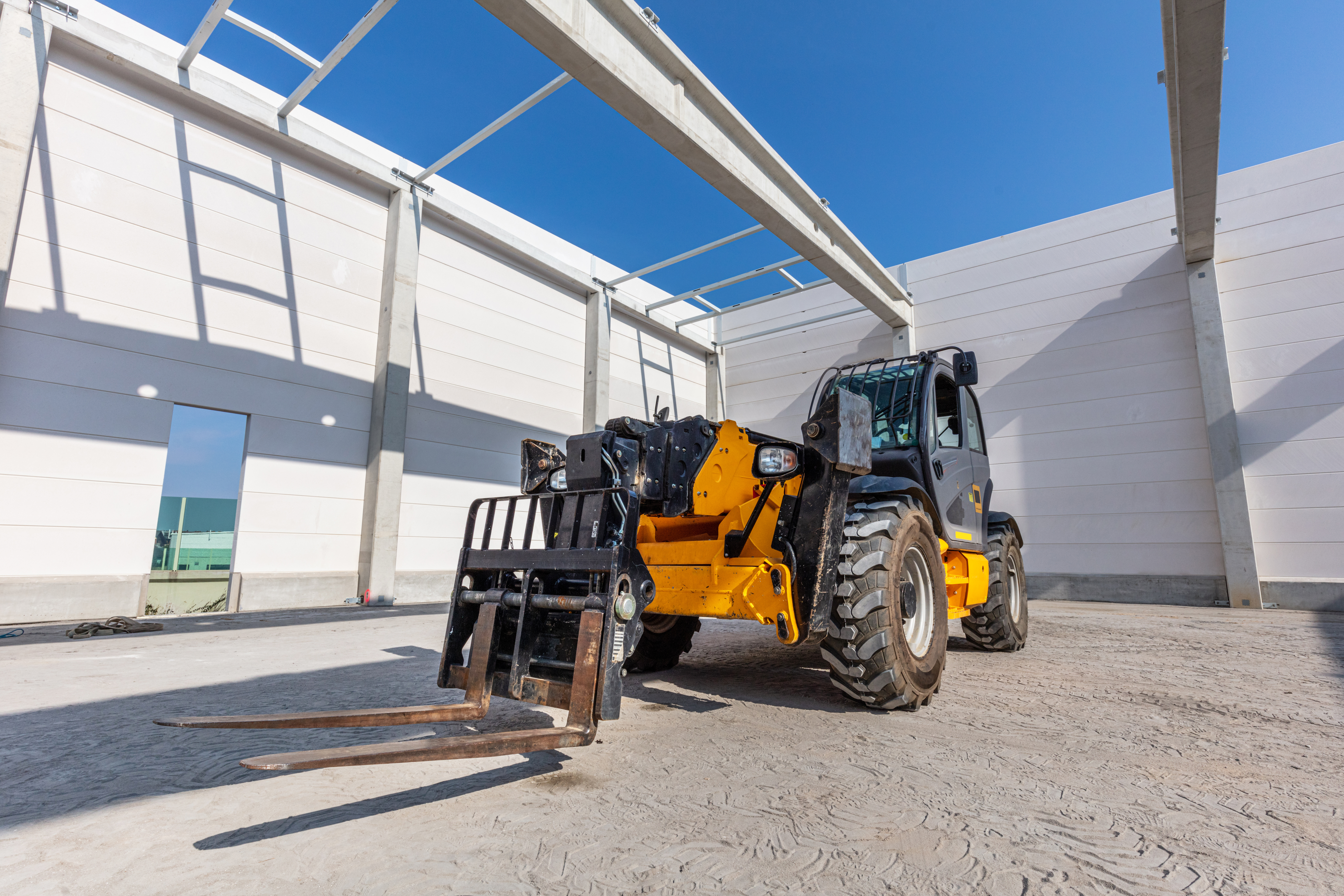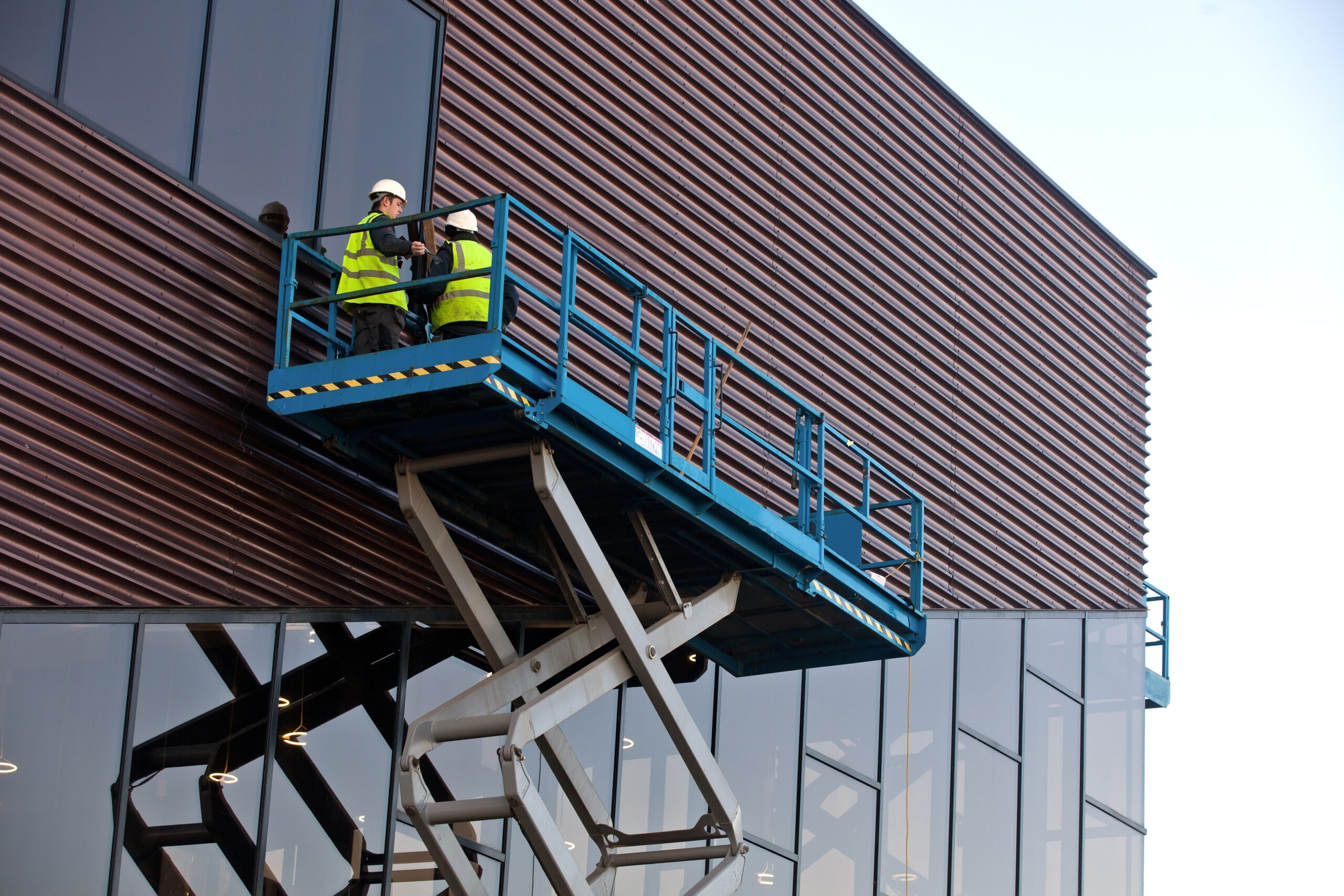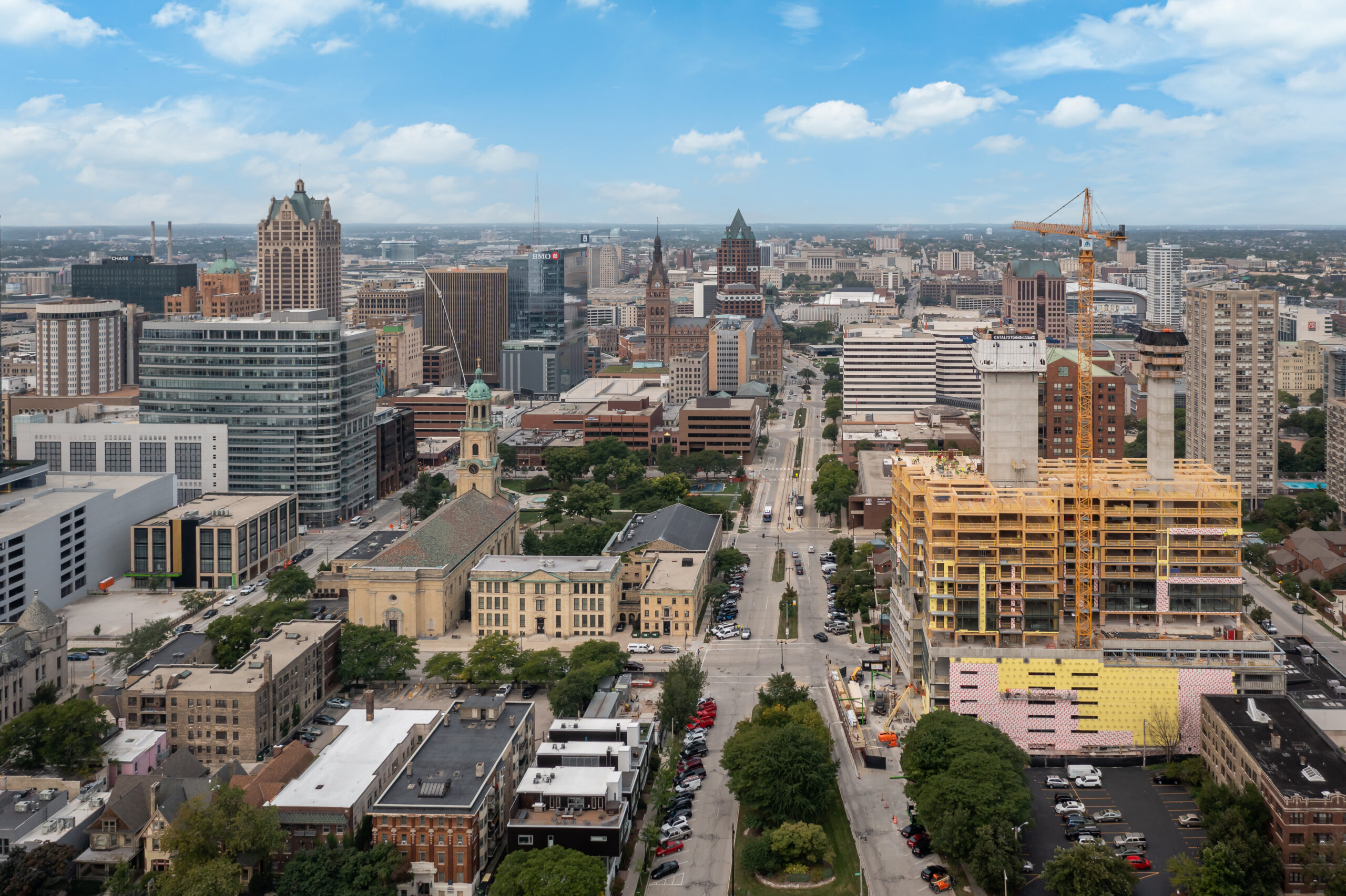
If you are getting ready to rent a crane, a little preparation will save time and money. Having the right details in hand helps your crane provider size the crane correctly, plan a safe setup, and get your lift on the schedule without delays. This guide explains the three most important details to gather before you call weight, radius, and access and walks you through the full process from quote to lift day. American Erecting & Ironworks is here to help you rent a crane with confidence throughout Racine, Kenosha, Milwaukee, and parts of Lake County, Illinois. Call (262) 637-7177 or visit AEAIWI.COM for a fast quote.
What to Have Ready Before You Call to Rent a Crane
When you rent a crane, your provider will ask a short list of questions. Having clear answers speeds up pricing, reduces change orders, and ensures a safe plan.
- Description of the load, such as HVAC unit, steel beam, tank, generator, or machinery
- Actual or estimated weight of the load including rigging
- Pick radius the horizontal distance from the crane center pin to the load at the moment of the lift
- Lift height and final set location height above ground or roof level
- Site access width, slope, overhead clearance, and turning room for cranes and tractor-trailers
- Ground conditions soil type, compaction, paved or unpaved, and whether mats may be required
- Obstructions power lines, trees, parapets, signage, canopies, and nearby buildings
- Schedule and any restrictions, including facility hours, quiet times, or road closures
- Permits, traffic control needs, or utility locates if we are setting up in the street or right-of-way
- Rigging needs slings, shackles, spreader bars, lifting beams, or custom attachments
- Photos or drawings that show the pick and set points and the crane setup area
- On-site contact, plus billing information for the rental
Understanding Weight: How Heavy Is Your Load
Weight is the first factor used to size a crane. The crane, the hoist line, and the rigging must be rated to handle the total lifted load. If you do not know the exact number, American Erecting & Ironworks can help you estimate the weight or gather documentation from your vendor.
How to Estimate Load Weight
Use one or more of these methods to find a realistic weight before you rent a crane:
- Check the nameplate on the unit HVAC equipment, generators, and compressors often list exact weights
- Request a cut sheet or spec sheet from the manufacturer
- Use shipping paperwork, bills of lading, or crating labels for packed equipment
- Calculate from dimensions and material density for steel beams or plates multiply volume by density
- Add the weights of individual components when you are lifting a skid or a multi-piece assembly
- Weigh the item with a scale or ask your supplier if it was weighed at the factory
- Include rigging weight slings, shackles, spreader bars, and lifting beams often add 50 to 1,000 pounds
Why Accurate Weight Matters
Accurate weight protects your budget and your jobsite. Undersizing a crane may lead to delays, re-mobilization, and risk. Oversizing can cost more than needed. Weight affects:
- Crane selection, chart capacity, and counterweight configuration
- Hoist line size and number of parts of line required
- Ground bearing pressure and need for crane mats or engineered shoring
- Rigging selection and the use of spreader bars to control sling angles
Radius and Boom Reach: Measuring the Distance
Radius is the second key data point for every lift. It determines how much boom length and capacity the crane must have at the working distance. Capacity drops as radius increases. When you rent a crane, a good radius estimate helps pick the right crane on the first try.
What Is Pick Radius
Radius is the horizontal distance from the center of the crane to the center of the load at the time of the lift. If the crane must sit 25 feet from the building and set an HVAC unit 15 feet back from the roof edge, your working radius will likely be more than 40 feet once you include boom deflection and parapet clearance.
Simple Ways to Measure Radius on Site
- Use a long tape measure from the proposed crane location to the pick point and set point
- Walk the distance with a measuring wheel for longer spans
- Break it into segments measure offset to the building, the setback to the set point, and any parapet or roof overhang
- Use an aerial map in Google Earth to measure from street or lot lines to the building and add roof offsets
- Mark your proposed crane centerline with paint or cones and measure straight to the load center
- Share a plot plan or site sketch with American Erecting & Ironworks for a quick review
Height and Boom Tip Clearance
Height matters along with radius. The crane must clear parapets, curbs, trees, and rooftop equipment. Provide the roof height and the set height of the load, then note any nearby obstructions. Extra boom or a jib may be needed if the unit must be set deep on a roof or inside a building footprint.
- Measure roof thickness at parapets and add it to the set height
- Account for rooftop slope or ballast that raises the final set elevation
- Tell us if the unit sets behind a screen wall or mechanical penthouse
- Note wind conditions and any site wind restrictions, since wind limits vary by boom length
Communicating Radius to American Erecting & Ironworks
You do not need professional drawings. A phone photo with distances labeled, a quick sketch with measurements, or a screenshot of an aerial map works. Email or text these to your estimator so we can select the right crane and send a clear proposal. If needed, American Erecting & Ironworks can send a field representative for a site review before you rent a crane.
Site Access and Setup
Setup space is the third key. Cranes need room to enter the site, position safely, deploy outriggers, and rig the load. Before you rent a crane, review access from the street to the setup pad and from the pad to the pick and set points.
- Gate or driveway width and height limits include fences, bollards, and arches
- Turning radius on internal roadways and in parking lots
- Surface type and bearing capacity asphalt, concrete, gravel, or soil
- Overhead hazards power lines, tree limbs, signs, and canopies
- Setup area size enough room for outriggers, counterweight delivery, and rigging
- Grade and slope limits cranes have setup slope tolerances
- Underground utilities and vaults that may require bridging or mats
- Snow, ice, or mud that can affect traction and stability
- Street closures or flaggers if the crane or counterweight truck will occupy a lane
Ground Bearing Pressure Basics
Even a moderate crane imposes high loads at the outrigger pads. Share details about the ground so we can plan mats or cribbing. American Erecting & Ironworks will advise on options if bearing capacity is a concern.
- Soil type clay, sand, gravel, or engineered fill
- Compaction level and any recent excavations
- Concrete slab thickness and reinforcement if setting up on a floor
- Request for engineered matting or a geotechnical review for sensitive sites
Photos and Drawings That Speed Up Your Quote
Clear visuals help you rent a crane quickly and accurately. Snap a few photos from ground level and the roof if safe to do so. Mark distances on the images or attach a simple plan.
- Wide shot of the setup area with the proposed crane position
- Photo of the pick location and the set location
- Aerial screenshot with scale from AEAIWI.COM map link or Google Earth
- Roof plan or equipment layout for HVAC units
- Structural detail for steel beams or columns
- Any obstacles between the crane and the set point
Permits, Utility Locates, and Safety
Depending on your site, you may need permits or utility locates before mobilization. When you rent a crane in public right-of-way, a lane closure plan or traffic control may be required. American Erecting & Ironworks can coordinate with you to meet local requirements in Racine, Kenosha, Milwaukee, and nearby communities.
Our NCCCO-certified operators follow strict lift planning and signaling procedures. We provide the correct load charts, rigging selection, and lift path protection. On lift day, expect a job briefing that covers weather limits, hand signals or radios, taglines, and exclusion zones. If wind or lightning crosses safe thresholds, the crew will pause the lift and resume only when conditions are acceptable.
Choosing the Right Crane Size
The best crane is the one that safely meets your weight and radius with room to spare. American Erecting & Ironworks operates a late-model fleet to match common commercial and industrial lifts. When you rent a crane, we will balance capacity, reach, setup room, and cost to find the right fit.
- Cranes for short-reach rooftop HVAC picks on tight city streets
- Boom trucks for lighter lifts with quick setup and lower mobilization cost
- All-terrain cranes for longer radius or heavier loads with smooth mobility
- Rough-terrain options for sites with limited access or uneven ground
- Carry-deck or small mobile cranes for plant work and machinery moving support
Sample Scenarios
- Rooftop HVAC swap 2,800 pounds at 95 feet radius requires a mid-size hydraulic crane with a fly jib for clearance
- Setting steel beams 6,000 pounds at 60 feet radius with tight alley access may call for a compact crane and staggered deliveries
- Machinery moving 18,000-pound press inside a plant combines a carry-deck crane and forklifts with rigger booms
- Cell equipment lift light but tall work may need extra boom length to clear parapets and antennas
Rigging: Slings, Spreader Bars, and Special Lifts
Safe rigging is as important as the crane. Tell us how the load can be lifted and whether there are designated lifting lugs. When you rent a crane with American Erecting & Ironworks, we can supply slings, shackles, spreader bars, and lifting beams and we can fabricate solutions for unusual picks.
- Identify rated lift points or provide drawings for lifting lugs
- Share center-of-gravity information to prevent tipping during the pick
- Use spreader bars when a level lift is needed or when sling angles would be too tight
- Request non-marring rigging for finished surfaces and painted equipment
- Plan for taglines and a qualified signal person to control rotation and drift
Scheduling Your Lift: How the Process Works With American Erecting & Ironworks
- Initial call or web request you share weight, radius, access, and your timeline to rent a crane
- Site review we assess photos and drawings or schedule a field visit if needed
- Proposal and quote we select the crane, rigging, mats, and crew, then provide a clear written price
- Permits and coordination if a lane closure or utility locate is required, we help coordinate the steps
- Scheduling we lock in your date and time, with options for early morning, weekend, or holiday work
- Mobilization crane and counterweight trucks arrive, set up, and complete a safety briefing
- Lift execution we perform the lift, set your equipment, and verify placement with your team
- Demobilization we remove mats, clean the area, and open the site to normal operations
- Closeout and billing you receive documentation and invoice for the crane rental and any related services
Our normal hours are Monday through Friday, 7:00 AM to 4:30 PM, and we offer off-hours mobilization when project schedules demand it. If you need to rent a crane on short notice, call early so we can prioritize your request.
Beyond the Crane: Equipment and Services You May Need
Many lifts benefit from extra equipment or support crews. American Erecting & Ironworks offers a full lineup to streamline your project. When you rent a crane with us, you can bundle these services and reduce coordination headaches.
- Forklifts with or without rigger booms, ideal for offloading, plant moves, and staging
- Rough terrain telehandlers for material handling on jobsites with uneven ground
- Genie boom lifts for safe access to elevated work areas during rigging and placement
- Machinery moving services for turn-key relocation of presses, mills, and production lines
- Steel sales beams and columns in common sizes for building projects within Wisconsin
Frequently Asked Questions When You Rent a Crane
- How far in advance should I book? Call as soon as you know the date. A few days is often enough, but larger cranes and street permits may need a week or more.
- Can you help if I do not know the exact weight? Yes. Share model numbers, drawings, or photos. We will estimate and verify before finalizing the crane selection.
- What happens if the weather turns bad? We monitor forecasts and follow wind and lightning limits. If we must pause, we will work with you to reschedule quickly.
- Do I need to provide rigging? No. American Erecting & Ironworks can supply slings, shackles, spreader bars, and specialized rigging as part of your rental.
- Can you work on weekends or holidays? Yes. We schedule after-hours, weekend, and holiday lifts to minimize downtime for your operations.
- What areas do you serve? We primarily serve Racine, Kenosha, and Milwaukee counties, plus parts of Lake County, Illinois.
- Are your operators certified? Yes. Our crane operators are NCCCO certified, and we follow strict safety standards on every lift.
- Can you provide traffic control? We can coordinate lane closures and flagging as required by local authorities.
About American Erecting & Ironworks
American Erecting & Ironworks is a second-generation, family-owned company based in Racine, Wisconsin. Incorporated on April 15, 1991, we have more than 30 years of experience supporting contractors, builders, and manufacturers. Our late-model cranes, tractor-trailers, and forklifts are maintained to high standards, and our NCCCO-certified operators prioritize safety and customer satisfaction.
We provide crane services for HVAC replacements, steel erection, and heavy equipment setting. We also offer equipment rental, machinery moving, and steel sales. When you rent a crane with our team, you get responsive service, clear communication, and a plan that fits your site and schedule.
Service Area and Contact
American Erecting & Ironworks serves Racine, Kenosha, and Milwaukee counties in Wisconsin and parts of Lake County, Illinois. If you are planning a lift, reach out for a quick, accurate quote. We make it simple to rent a crane and get your project moving.
Address: 2108 Clark St, Racine, WI 53403. Phone: (262) 637-7177. Hours: Monday to Friday, 7:00 AM to 4:30 PM. Visit AEAIWI.COM to request a quote or learn more about our crane services, equipment rental, machinery moving, and steel sales.
Get a Fast Quote Today
Ready to rent a crane with confidence? Gather your weight, radius, and access details, then contact American Erecting & Ironworks. We will review your information, recommend the right crane, and schedule the lift at a time that minimizes disruption to your operations. Call (262) 637-7177 or visit AEAIWI.COM to get started. With a clear plan and an experienced team, your lift can be safe, efficient, and on budget.





